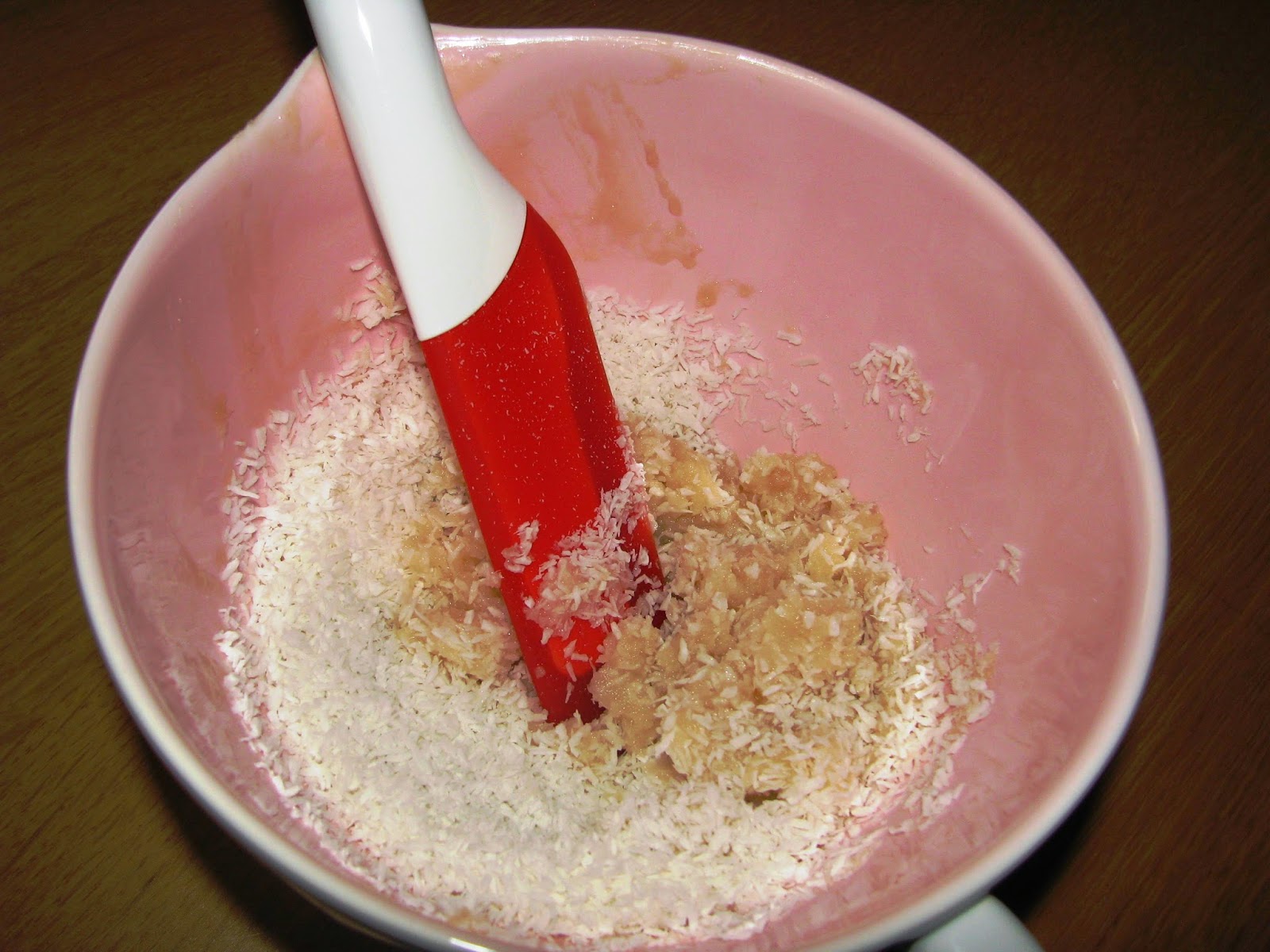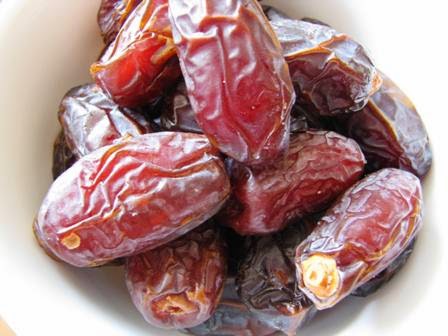 Just get me started and I could wax lyrical for hours about the marvels of butter. It's a natural product (unlike margarine), a source of calcium and vitamins A and D and, best of all, it tastes fabulous. And although I wouldn't use anything else in my cakes or icings, it's equally wonderful in savoury cooking - sautéed mushrooms anyone? - or simply slathered (or thinly spread depending on your preference) on a slice of hot toast or fresh, crusty bread. As my Dad succinctly put it the other day, butter is 'God's gift' (Dad does love his butter). The chef Valentine Warner is another man who extols the virtues of butter. I was watching a repeat of his food adventures in Scandinavia and while in Stockholm he visited a cafe and made cinnamon buns with two bakers. Upon tasting the buttery cinnamon buns warm from the oven at the end of the episode, he exclaimed 'Life is short...' and they all finished together 'so enjoy as much butter as you can!'. Men after my own heart.
Just get me started and I could wax lyrical for hours about the marvels of butter. It's a natural product (unlike margarine), a source of calcium and vitamins A and D and, best of all, it tastes fabulous. And although I wouldn't use anything else in my cakes or icings, it's equally wonderful in savoury cooking - sautéed mushrooms anyone? - or simply slathered (or thinly spread depending on your preference) on a slice of hot toast or fresh, crusty bread. As my Dad succinctly put it the other day, butter is 'God's gift' (Dad does love his butter). The chef Valentine Warner is another man who extols the virtues of butter. I was watching a repeat of his food adventures in Scandinavia and while in Stockholm he visited a cafe and made cinnamon buns with two bakers. Upon tasting the buttery cinnamon buns warm from the oven at the end of the episode, he exclaimed 'Life is short...' and they all finished together 'so enjoy as much butter as you can!'. Men after my own heart. |
| Paradise Bars in progress |
 |
| Bars ready for chocolate dipping |
 |
| Freshly dipped coconut bars |
 It's a very simple process with an equally simple list of ingredients (see below), all of which combine to make a chocolate snack that feels wicked (because it tastes so good) but which doesn't send your blood sugars rocketing. The creamy coconut and vanilla centre is filling and the dark chocolate coating is delectable. This is by no means a low calorie snack but at least those calories aren't empty (yes I'm looking at you chocolate digestive) - they have a nutritional value and will keep you going for much longer than other sweet snacks. But to be honest, if you were unaware of the nutritional benefits, you would taste these and immediately place them on your 'so good they must be bad' list (they really don't taste like a 'healthy' treat). To heavily paraphrase the hit song from the 60s (which plays in my head every time I think of these bars), if paradise is half as nice as these luscious little bars, I know which I'd rather have.
It's a very simple process with an equally simple list of ingredients (see below), all of which combine to make a chocolate snack that feels wicked (because it tastes so good) but which doesn't send your blood sugars rocketing. The creamy coconut and vanilla centre is filling and the dark chocolate coating is delectable. This is by no means a low calorie snack but at least those calories aren't empty (yes I'm looking at you chocolate digestive) - they have a nutritional value and will keep you going for much longer than other sweet snacks. But to be honest, if you were unaware of the nutritional benefits, you would taste these and immediately place them on your 'so good they must be bad' list (they really don't taste like a 'healthy' treat). To heavily paraphrase the hit song from the 60s (which plays in my head every time I think of these bars), if paradise is half as nice as these luscious little bars, I know which I'd rather have. 




































